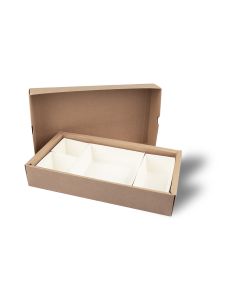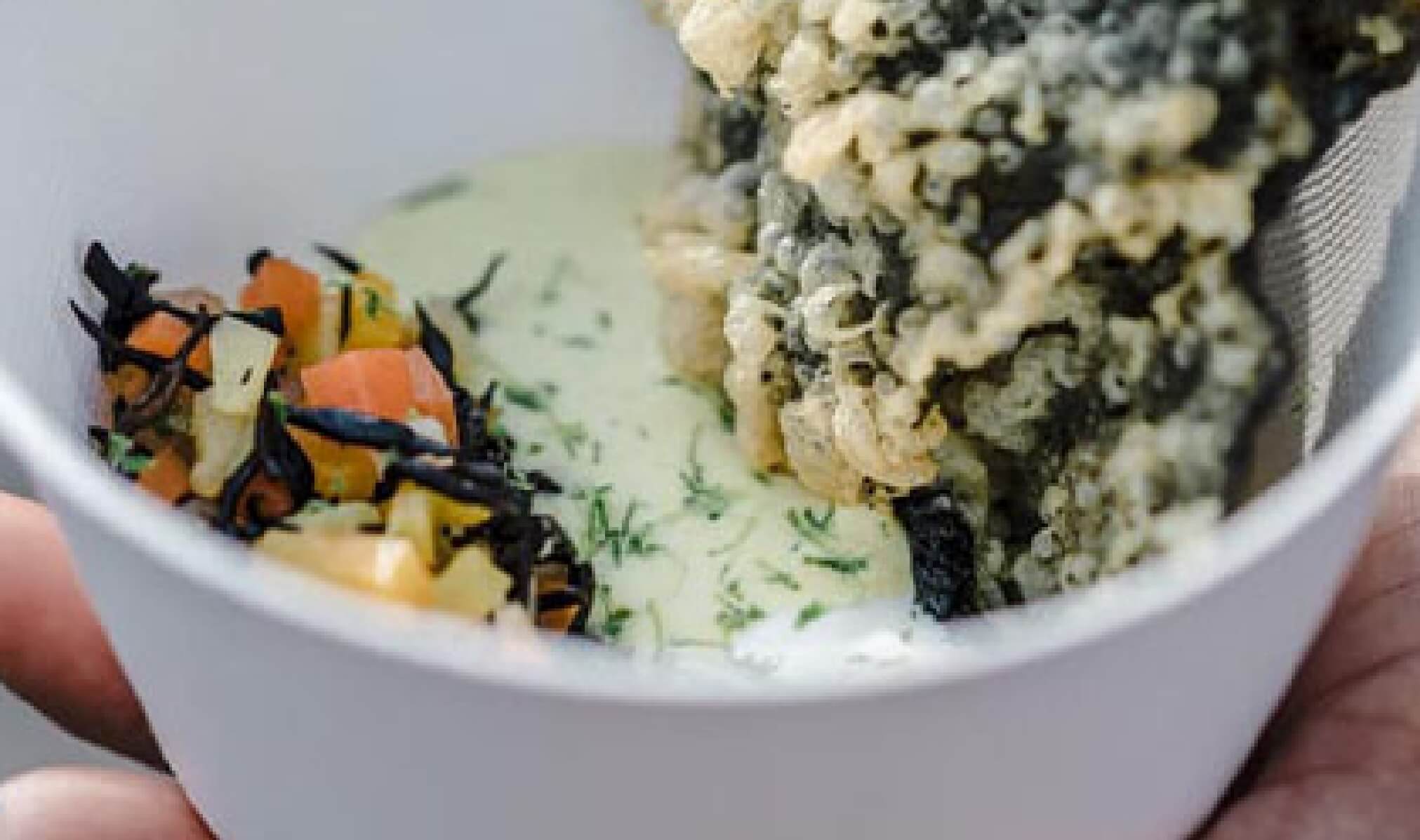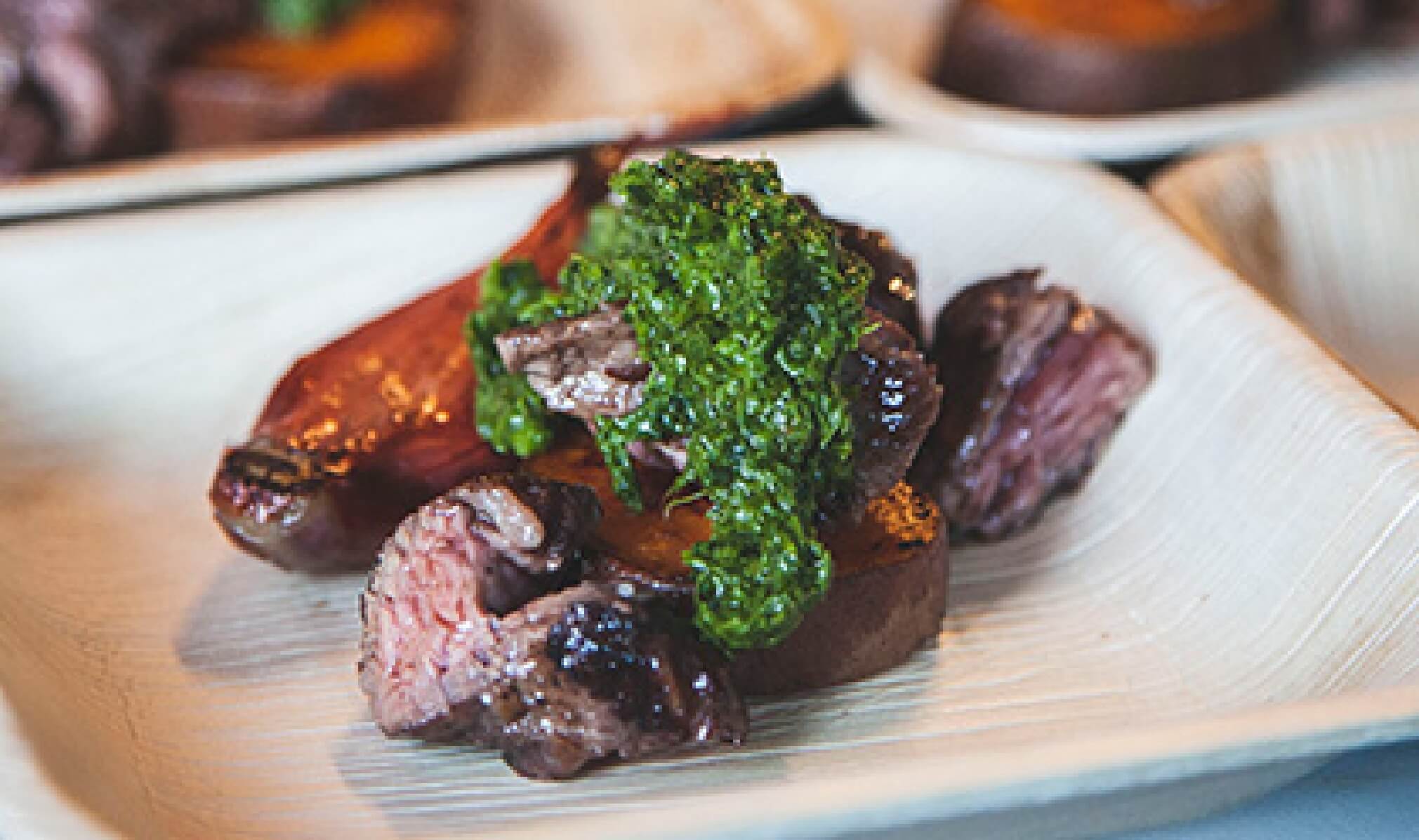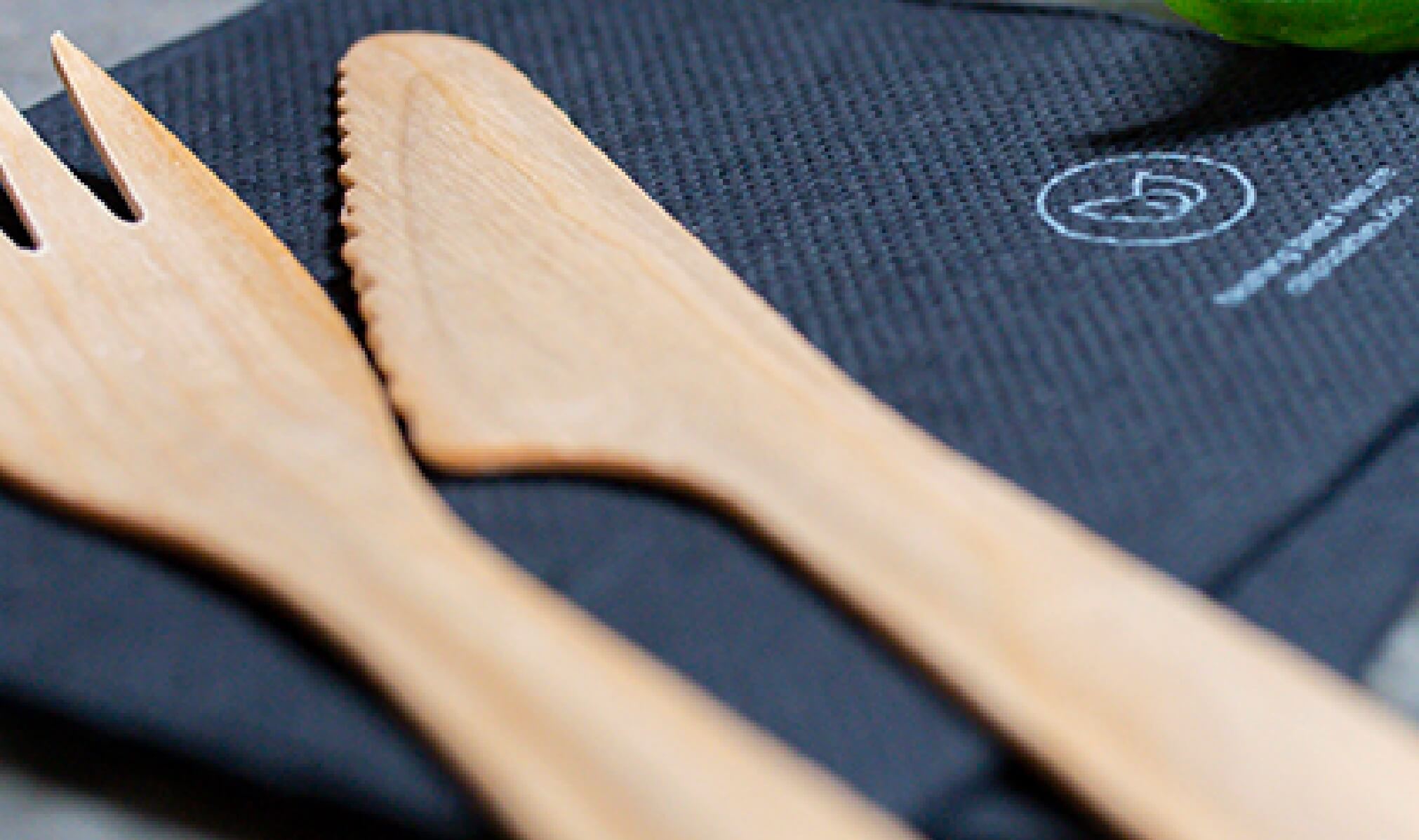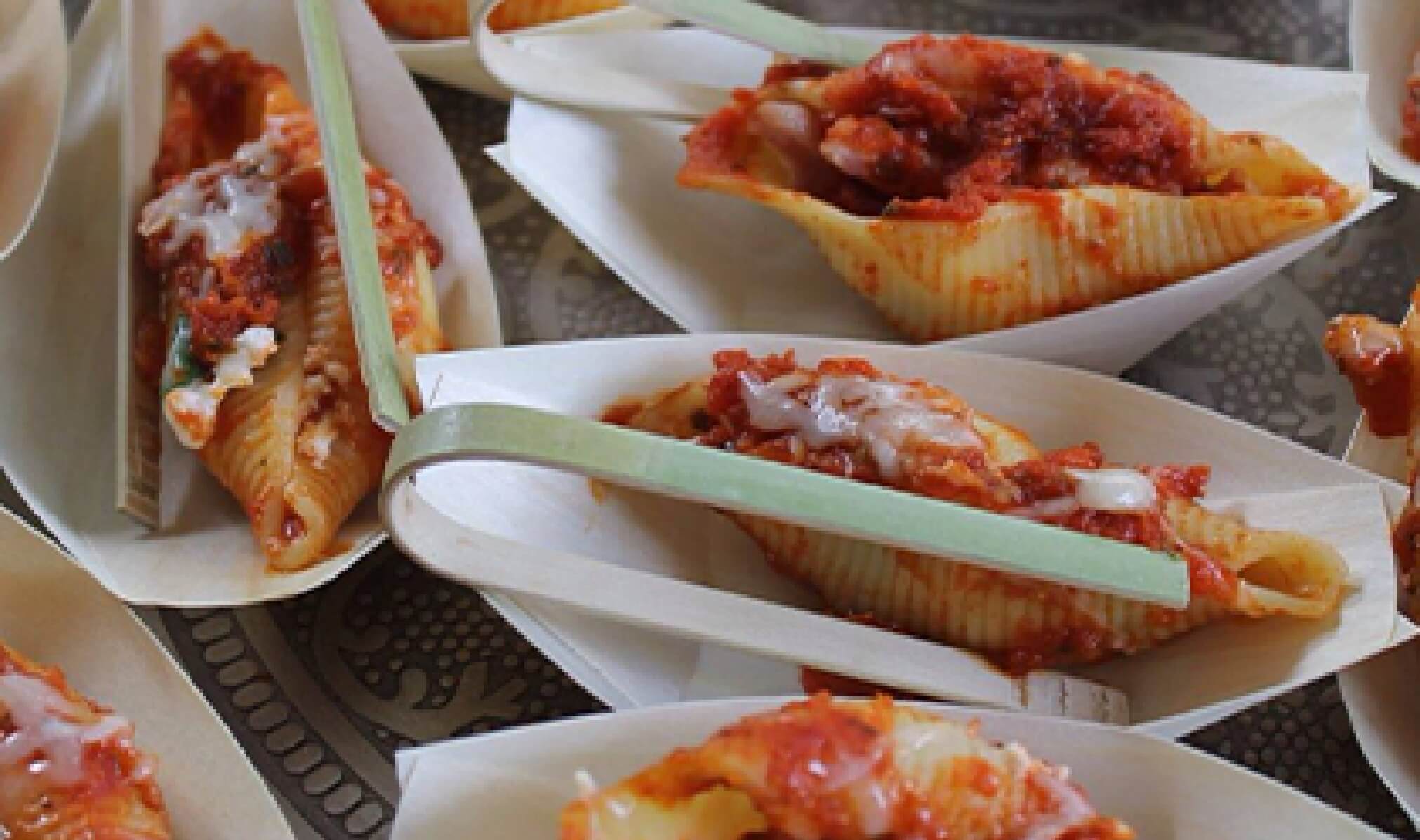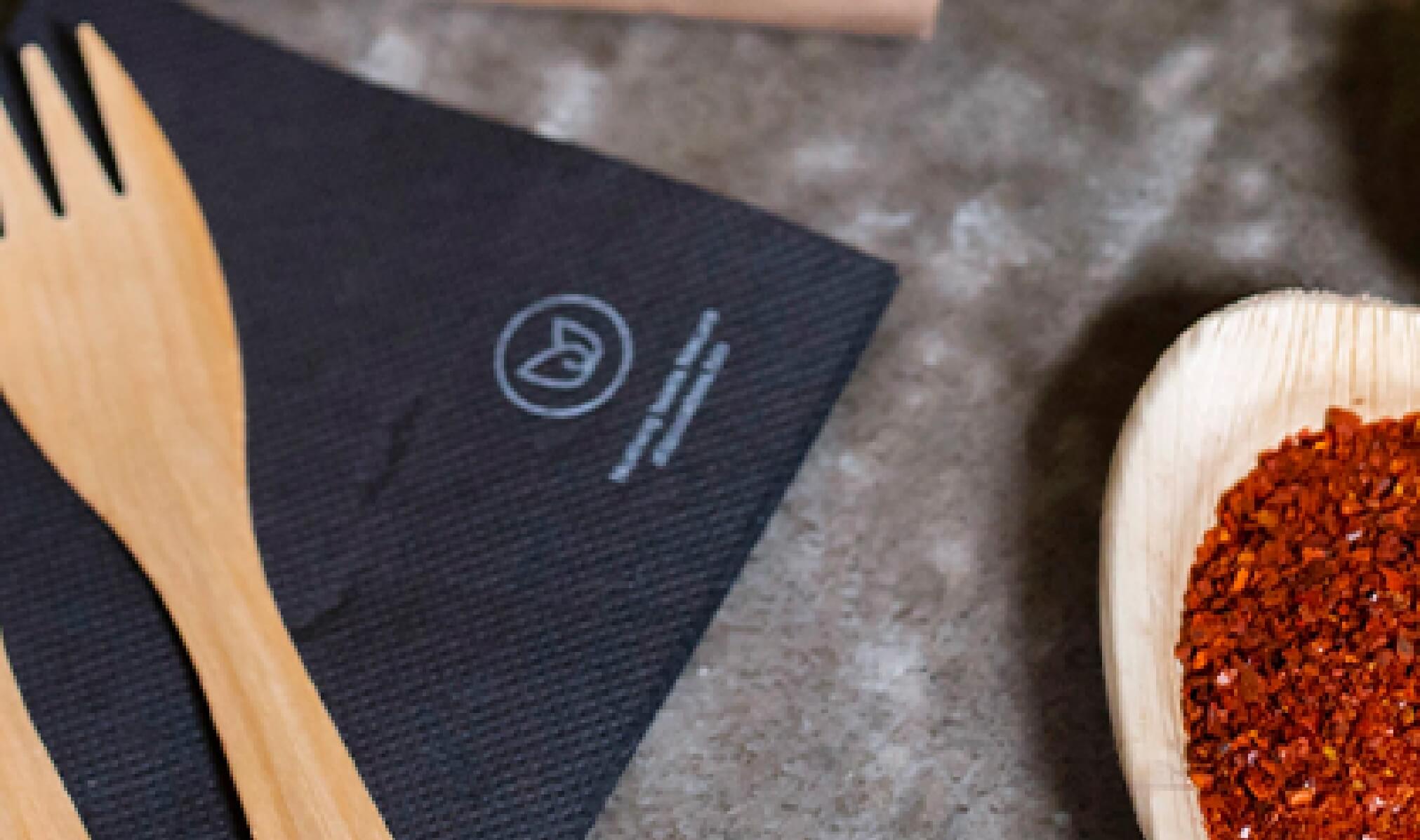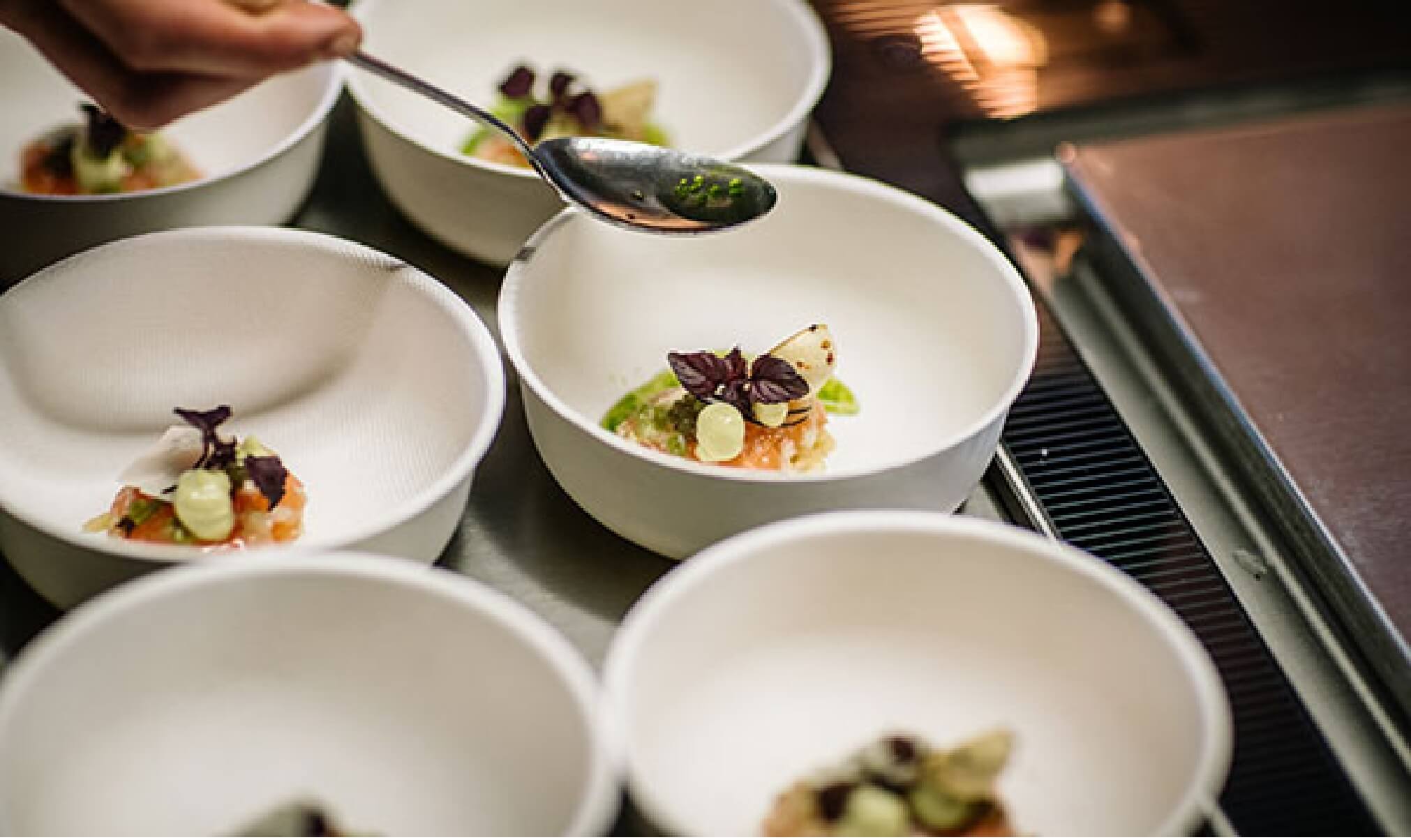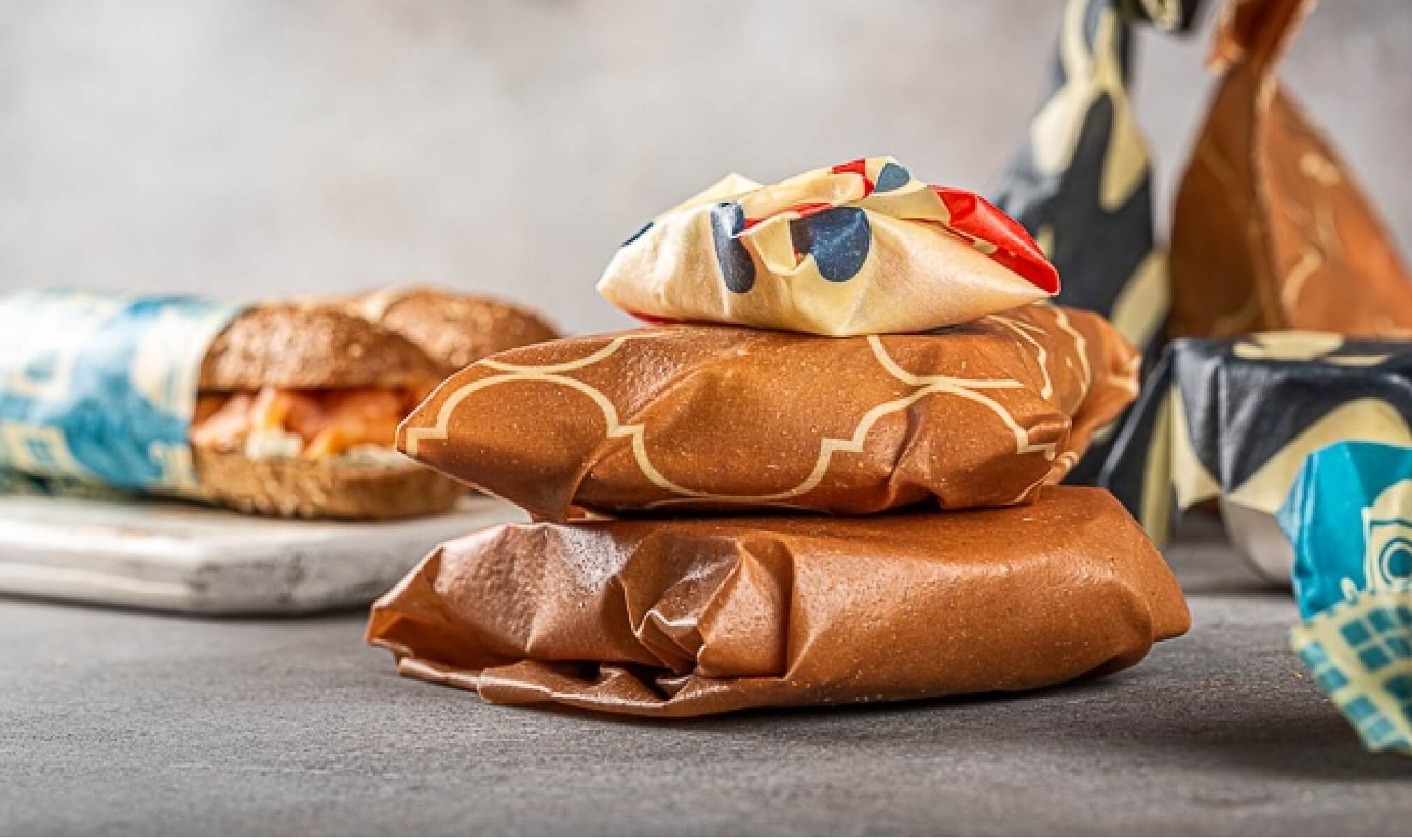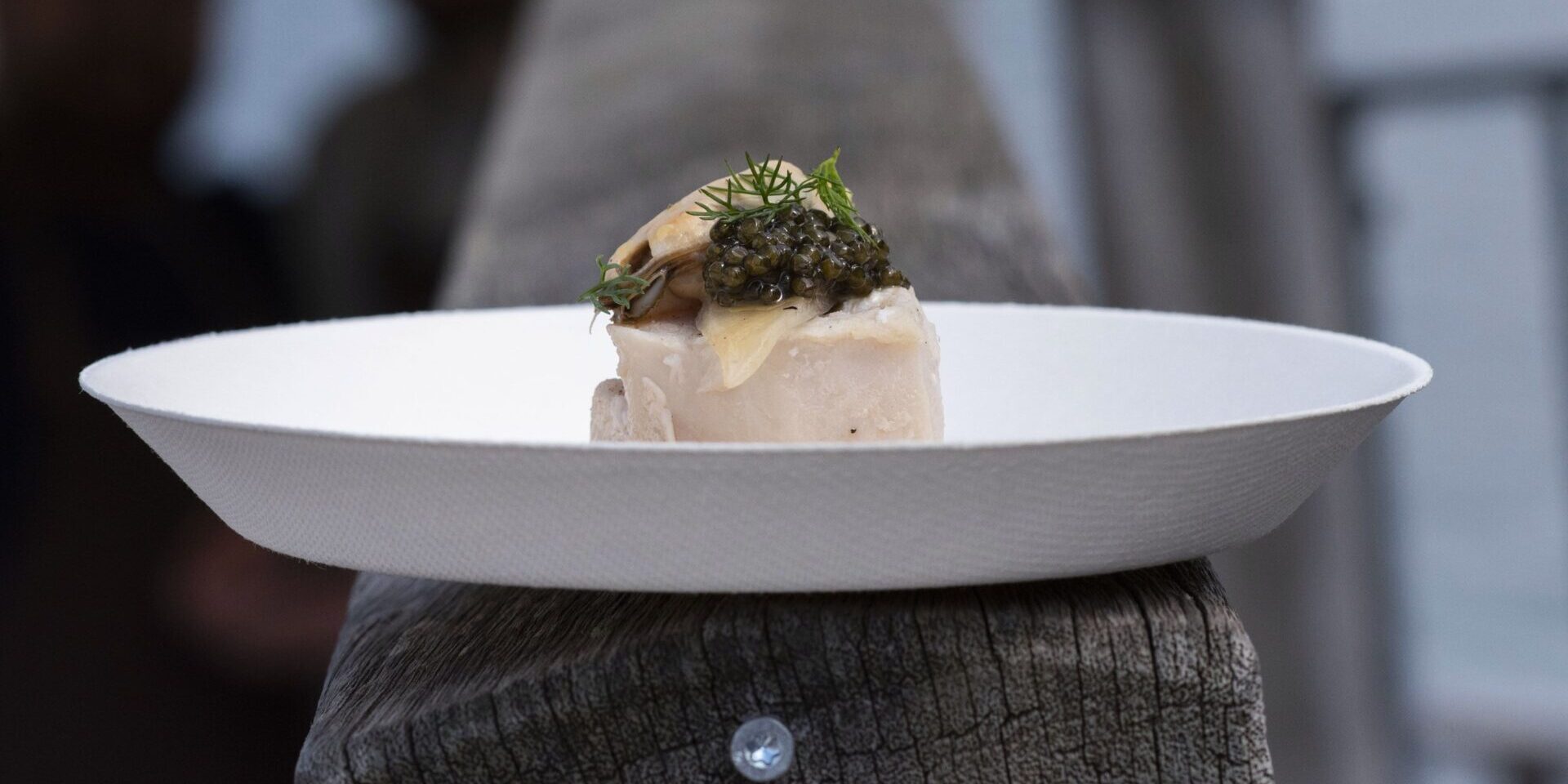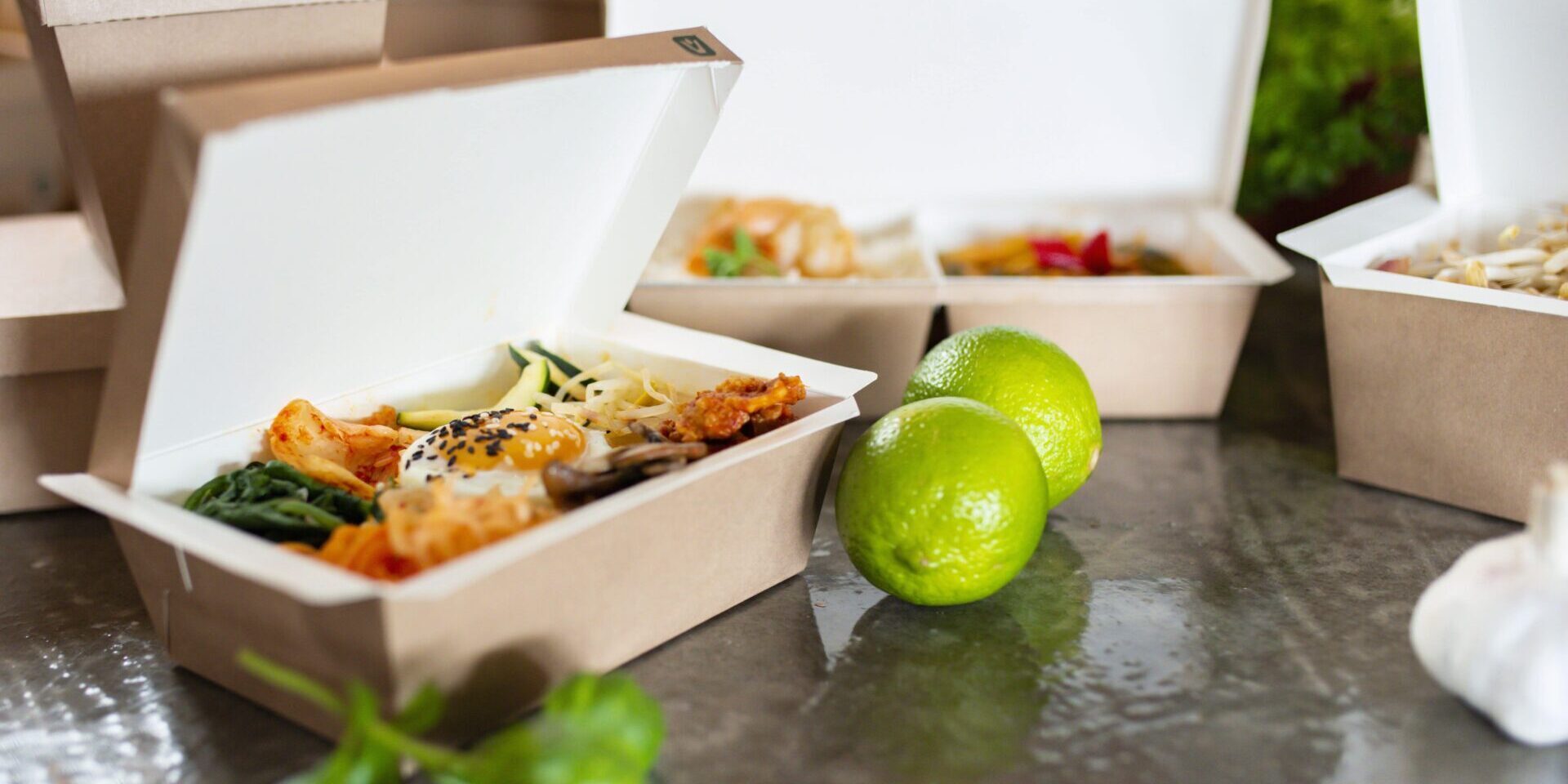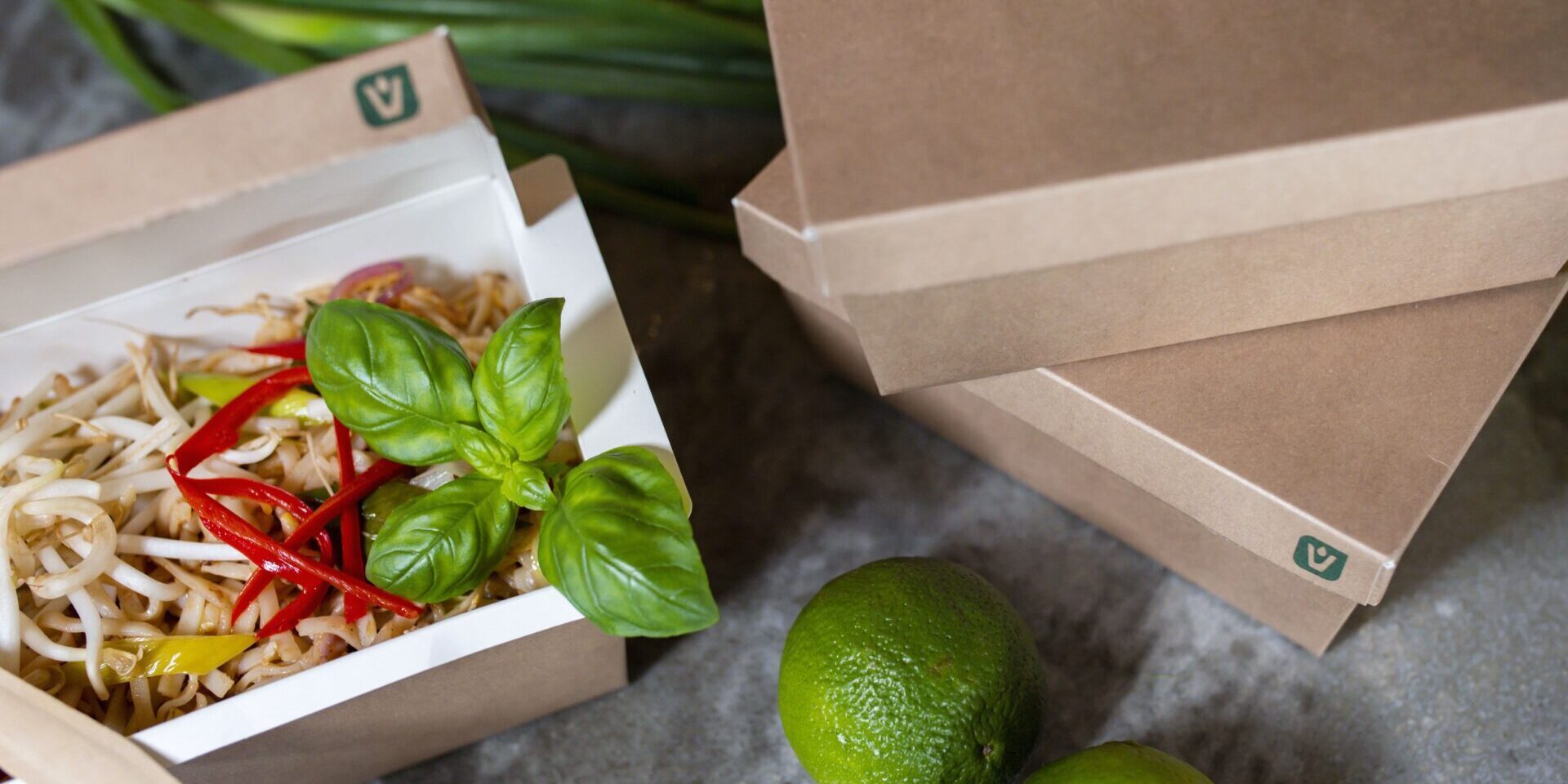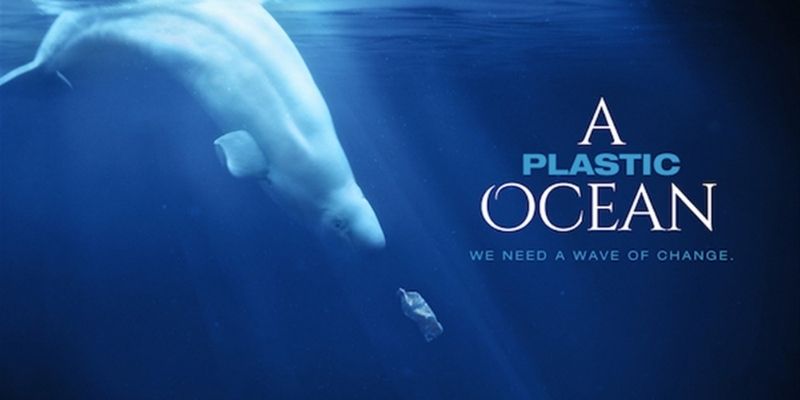
How does plastic end up in our oceans?
Our Amsterdam office has a beautiful view overlooking the IJ river. We see boats passing by carrying all sorts of products, tourists enjoying the skyline, birds fishing for food… and lot’s of plastic floating around. Waste thrown on the street, gets blown into the rivers, ultimately reaching the ocean. At some point all this waste is drawn into a vortex where it accumulates. These patches are called “gyres” or “plastic soup”: big patches of accumulated trash. The five biggest are the North Atlantic, South Atlantic, North Pacific, South Pacific and Indian Ocean gyres. Around the world, animals get stuck in this trash or they mistake the plastic for food and as they eat it, they suffocate, or the plastic goes up the food chain as these fish are eaten by others and eventually by us. There they are, unrecognizably small and hidden inside the fish you’re eating: micro-plastics on your plate. Research has shown that the amount of microplastics in our body is increasing at an unprecedented rate. There is still much uncertainty about how the extent to which this affects our health, but there’s not much research needed to confirm that this is not good news. So, what is it you can change in your behaviour that will limit the amount of thrash that ends up in the ocean? What plastic tableware products do you use? Can you replace these by natural alternatives that don’t do any harm? Let’s make sure our river views turn back into what they were supposed to be: clean water
